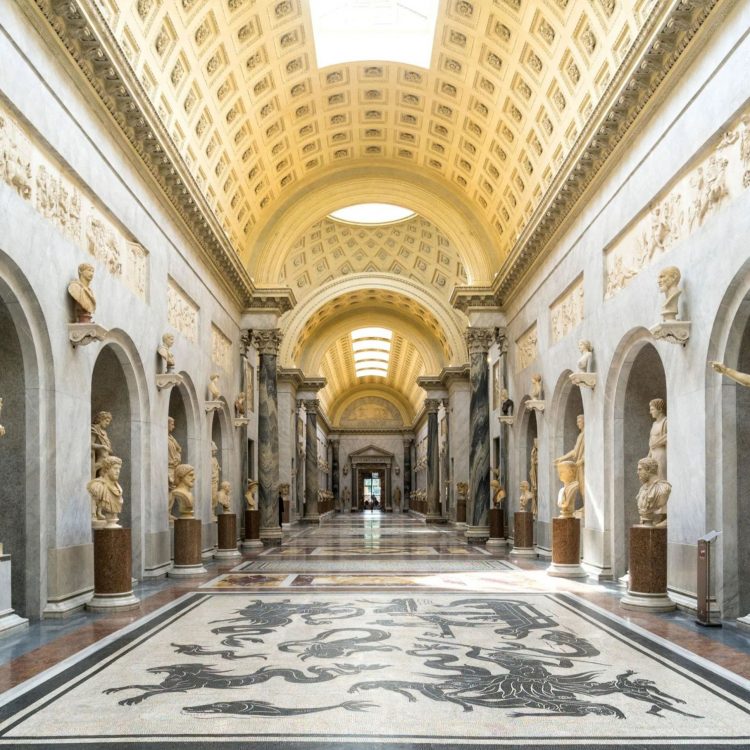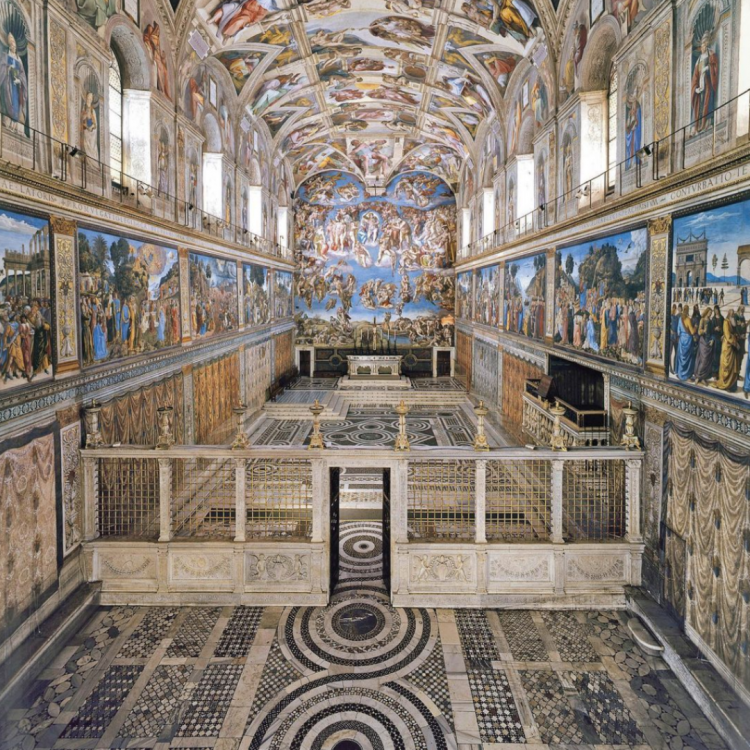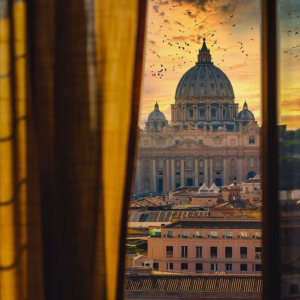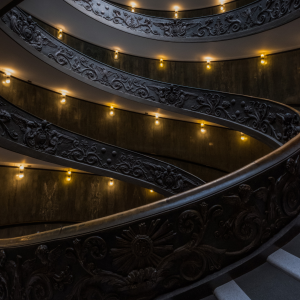After the DLN Summit concludes on November 4, attendees will have the opportunity to privately tour the Vatican Museums and Sistine Chapel. One of the most visited museums in the world, the Vatican Museums offer a wealth of antiques, artworks, and religious paraphernalia from diverse cultural eras, showcasing just a portion of the massive collection accumulated by the Catholic Church. The Museums comprise more than 1,400 rooms, including its most celebrated environment, the Sistine Chapel. The ceiling frescoes of the famous chapel have inspired millions of viewers since Michelangelo completed them in the 16th century. After visiting in the 1700s, German writer Johann Wolfgang von Goethe remarked, “Without having seen the Sistine Chapel, one can form no appreciable idea of what one man is capable of achieving.”

Vatican Museums
Founded in the early 16th century, the Vatican Museums display 20,000 artworks and artefacts collected over the course of centuries by the Catholic Church. The buildings housing the collection were originally papal palaces, with many courtyards and galleries created by Donato Bramante. The galleries showcase an important selection of classical and Renaissance-era artworks, as well as renowned archaeological artefacts such as the Laocoön Group, a sculpture depicting a Trojan priest and his sons struggling against sea serpents. Several interiors within the galleries were decorated by Raphael, who was only 25 years old when he was initially commissioned in 1507, and contain famous frescoes including Fire in the Borgo, The Dispute Over the Blessed Sacrament, and The School of Athens.

Sistine Chapel
One of the world’s most famous painted interior spaces, the Sistine Chapel was one of the settings where cardinals of the Catholic Church would select a new pope. Built in 1479, the chapel walls were originally covered in frescoes by different artists, including Pietro Perugino. In 1508, Pope Julius commissioned Michelangelo to repaint the chapel ceiling, which had been decorated simply in blue, with painted golden stars. Portraying scenes from the Old Testament, Michelangelo’s frescoes reveal the artist’s desire to perfect the human form, as well as his internal world.
Read more about the Vatican Museums here.
For more information on the DLN Rome Summit, click here.



